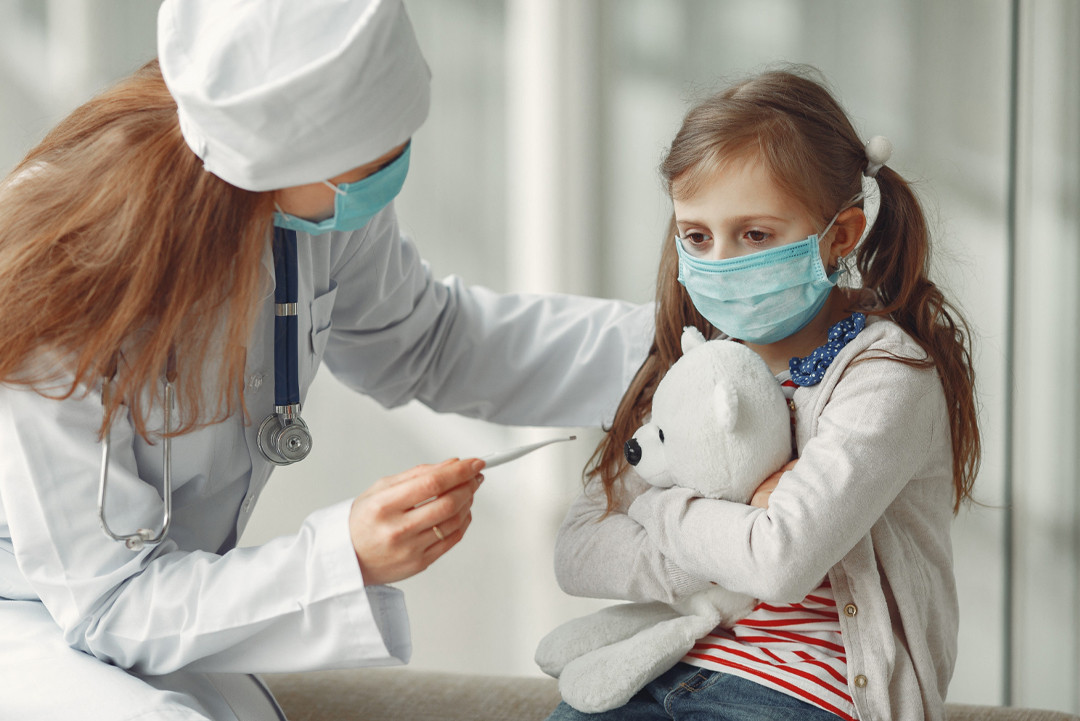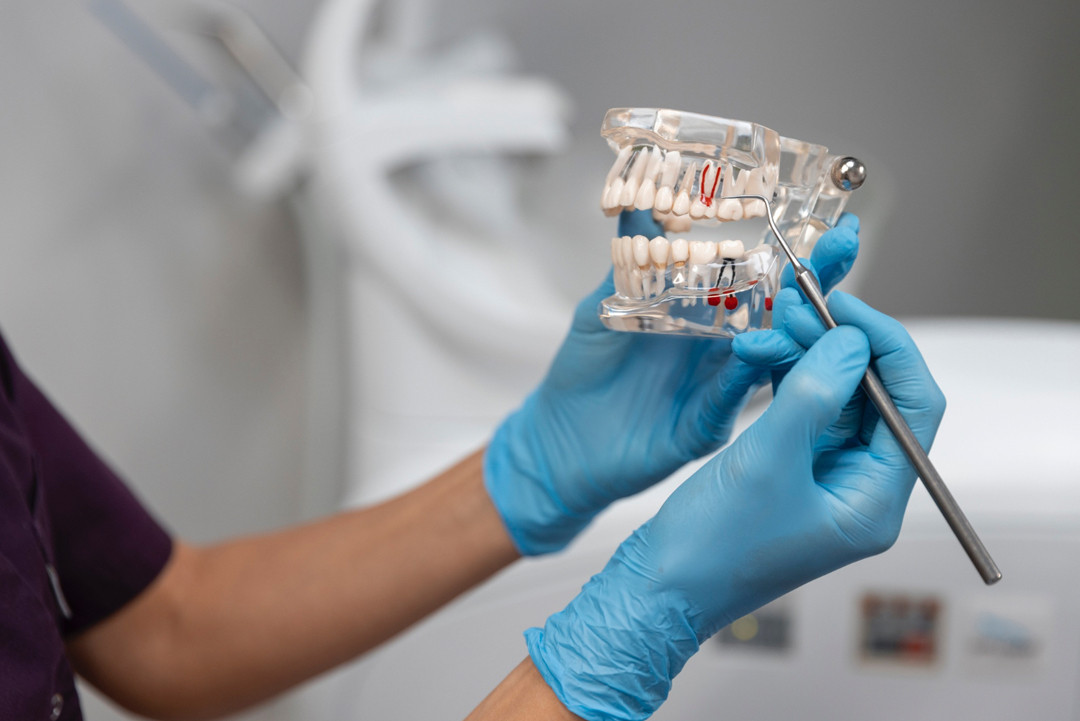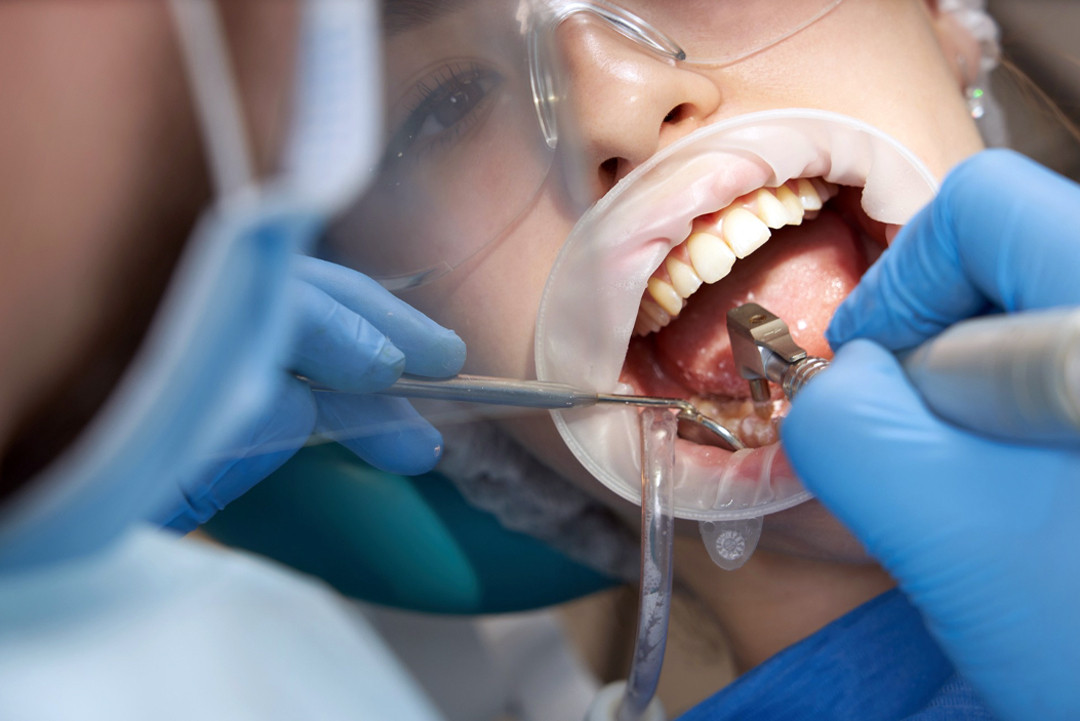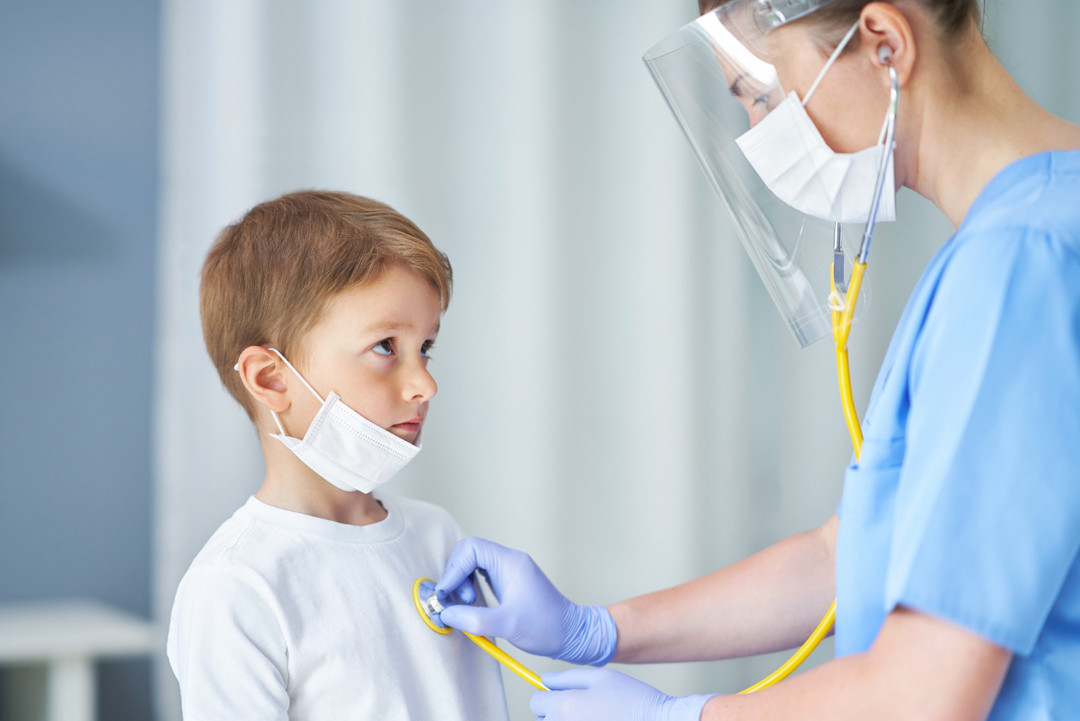Overview of Pediatric Infectious Diseases
Pediatric infectious diseases involve the diagnosis, treatment, and prevention of infections affecting children, often caused by bacteria, viruses, fungi, or parasites. Children’s developing immune systems make them more vulnerable to infections. Vaccination, early diagnosis, and effective treatment play a critical role in managing these conditions.
Common Pediatric Infectious Diseases
- Respiratory Infections
- Common Cold: Caused by viruses, with symptoms like runny nose and cough.
- Influenza (Flu): Highly contagious, with fever, body aches, and fatigue.
- Pneumonia: Lung infection caused by bacteria or viruses, leading to fever, cough, and breathing difficulty.
- Bronchiolitis: Inflammation of small airways, common in children under 2.
- Bacterial Infections
- Strep Throat: Caused by Streptococcus bacteria, presenting with sore throat and fever.
- Scarlet Fever: Linked to strep throat, with a red rash, sore throat, and fever.
- Whooping Cough (Pertussis): Intense coughing fits caused by Bordetella pertussis.
- Viral Infections
- Chickenpox (Varicella): Itchy rash caused by the varicella-zoster virus.
- Measles, Mumps, Rubella: Viral diseases presenting with fever, rash, or swelling of glands.
- Hand-Foot-Mouth Disease: Fever, mouth sores, and rash caused by coxsackievirus.
- Other Serious Infections
- Meningitis: Infection of the membranes surrounding the brain and spinal cord, caused by bacteria or viruses.
- Encephalitis: Brain inflammation, often viral in origin.
- Sepsis: Life-threatening condition due to infection spreading to the bloodstream.
Diagnosis of Pediatric Infectious Diseases
- Physical Examination and Medical History: Doctors assess symptoms, check vital signs, and review the child’s medical history.
- Diagnostic Tests:
- Blood Tests: Identify infections or immune responses.
- Imaging Tests: X-rays, CT scans, or MRIs to detect internal infections.
- Cultures: Sputum, urine, stool, or tissue samples to identify the pathogen.
- Rapid Diagnostic Tests: Quick detection of infections like flu or strep throat.
Treatment Options for Pediatric Infections
- Medications:
- Antibiotics: For bacterial infections like strep throat or pneumonia.
- Antivirals: For flu or other viral infections.
- Antifungals: For fungal infections like candidiasis.
- Antiparasitics: For parasitic infections.
- Supportive Care:
- Fever Management: Antipyretics to reduce fever.
- Hydration and Rest: Ensures recovery and prevents complications.
- Symptomatic Treatments: Relieves cough, congestion, or pain.
- Advanced Treatments:
- Antibody Serums: For diseases like rabies.
- Dialysis or Diet Plans: For severe systemic infections or complications.
Preventing Pediatric Infectious Diseases
- Vaccination:
- Routine Vaccines: Measles, Mumps, Rubella (MMR), Polio, Hepatitis B, Pneumococcal.
- Optional Vaccines: Rabies, Yellow Fever, Japanese Encephalitis, depending on risk factors.
- Hygiene Practices:
- Regular handwashing and respiratory hygiene.
- Avoiding close contact with sick individuals.
- Nutrition and Immunity: Balanced diet and sufficient hydration to support the immune system.
Vaccine-Preventable Diseases
- Chickenpox, Measles, Mumps, Rubella
- Diphtheria, Tetanus, Pertussis (Whooping Cough)
- Influenza, Hepatitis A and B
- Polio, Rotavirus, Pneumococcal Disease
Annual vaccinations like the flu shot are crucial, especially for children with chronic health conditions.
Why Pediatric Infectious Diseases Specialists Matter
- Early intervention: Ensures accurate diagnosis and tailored treatment.
- Reduced complications: Promotes faster recovery and long-term health.
- Expert guidance: Provides vaccination and preventive care recommendations.
By addressing both common and severe infections, these specialists help children recover fully and maintain long-term health.


















